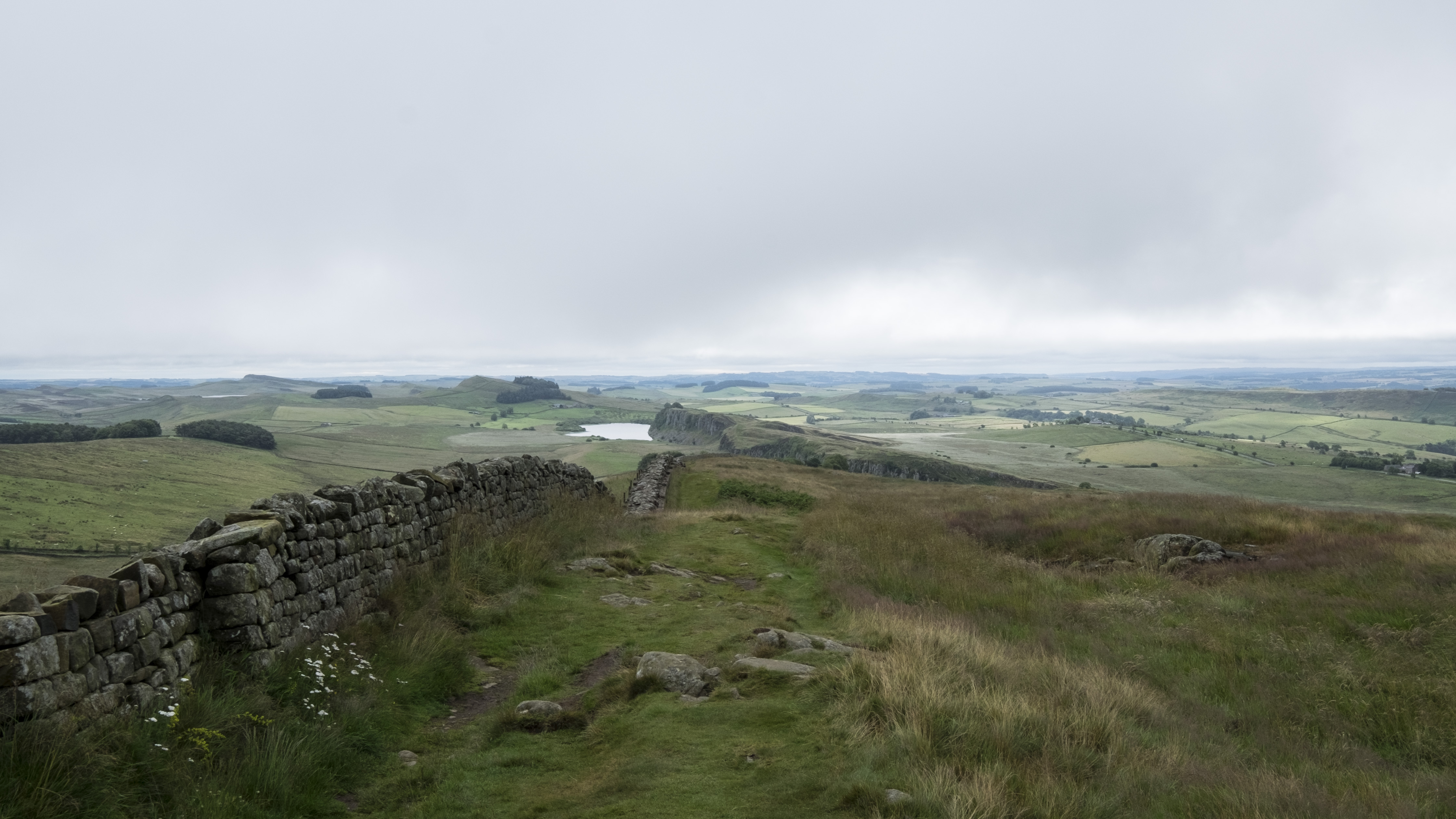Humans had caused significant landcover change on Earth up to 4000 years earlier than previously thought, University of Queensland researchers have found.
‘ Dr Andrea Kay said some scientists defined the Anthropocene as starting in the 20th century, but the new research showed human-induced landcover change was globally extensive by 2000BC.
The Anthropocene – the current geological age – is viewed as the period in which human activity has been the dominant influence on Earth’s climate and the environment.
“The activities of farmers, pastoralists and hunter-gatherers had significantly changed the planet four milennia ago,” Dr Kay said.
The used an online survey to gather land-use estimates over the past 10,000 years from archaeologists with regional expertise.
”The modern rate and scale of anthropogenic global change is far greater than those of the deep past, but the long-term cumulative changes that early food producers wrought on Earth are greater than many people realise,” Dr Kay said.
“Even small-scale, shifting agriculture can cause significant change when considered at large scales and over long time-periods.”
 Fellow researcher said the innovative crowdsourcing-from-experts approach to pooling archaeological data had provided the project with a unique perspective.
Fellow researcher said the innovative crowdsourcing-from-experts approach to pooling archaeological data had provided the project with a unique perspective.
”Archaeologists possess critical datasets for assessing long-term human impacts to the natural world, but these remain largely untapped in terms of global-scale assessments,” Dr Boivin said.
Another researcher on the team, , said the study could help plan for future climate scenarios.
“This research and the collaborative approach we used means we can better understand early land use as a driver of long-term global environmental changes across the Earth’s system,” Dr Crowther said.
Dr Kay, Dr Boivin, Dr Crowther and UQ Senior Research Fellow each have joint appointments at UQ and .
Other researchers on the team were UQ’s head of archaeology, , and archaeologists from Australian ³Ô¹ÏÍøÕ¾ University, the University of Melbourne, University of Sydney, Flinders University and LaTrobe University.
Above, right: Hadrian’s Wall in England’s north was built nearly 2000 years ago. Image: Lucas Stephens







